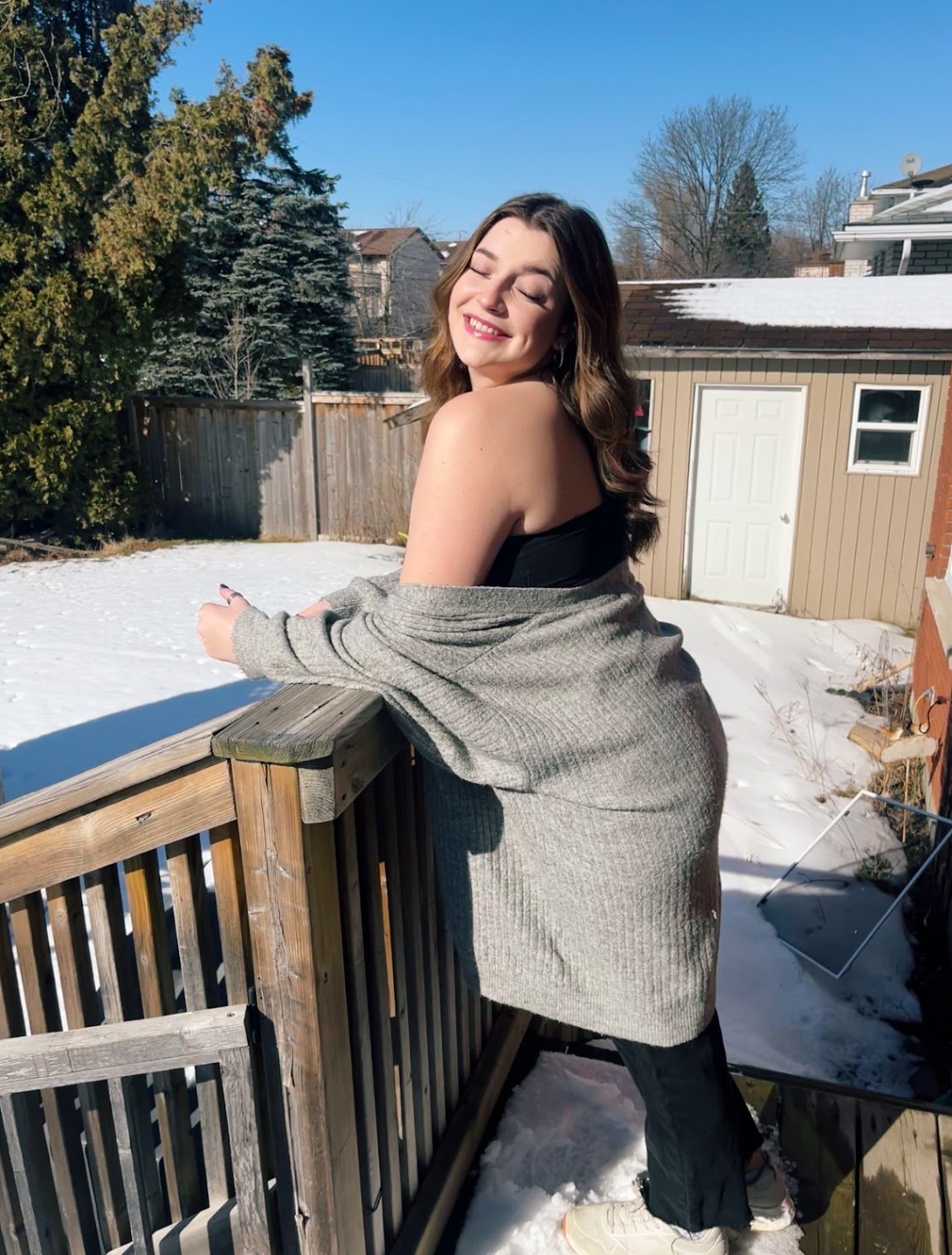Who Am I??
Hi! My name is Mackenzie St.Amant, I am 19 years old and I am a part of Wahnapitae First Nation. My ancestors were Ojibwe and a majority of my family now either belongs to Wahnapitae like myself, or Wikwemikong First Nation. Throughout my life, I have always felt as if I do not belong. I was raised away from Indigenous culture, off-reserve and I don’t necessarily “look like” a traditional Indigenous person. Because of that, I have always had a sense of disconnection from my history. However, in recent years my family and I have been finding ways to reconnect to our culture so we can feel more comfortable and complete with ourselves and others. That is why this website now exists. This website’s intent is to create a space for people exactly like me who feel disconnected or uncomfortable with their Indigenous culture, to learn different ways in which we can reconnect. A majority of this website touches on practices and teachings that can assist in implementing yourself into the culture. There are also sections covering opinions on reconnection, artwork, history, and much more.
Hoop Dancing
History:
The hoop itself represents this never-ending circle of life. It used to be a sacred object in traditional healing ceremonies but was eventually introduced into dance. There are many different origin stories of the hoop dance, however, my favourite is the legend about Nanabosho. “In one legend about Nanabosho, teacher and protector of the Anishinabe people of the western Great Lakes region, the Creator gave him tobacco as a gift, which was to be offered before hunting for animals or taking a plant. Later, Nanabosho was unable to hunt a bear due to losing the tobacco. While reflecting upon losing the tobacco, he became saddened and began making hoops from red willow sticks. He began creatively dancing with the hoops to make formations that resembled animals and plants to honor the Creator’s work.” (McLellan, 1996 as cited in Johnston et al., 2009).
The Dance:
Every hoop dance is as individual as the person who created it. Most routines are based on different forms of traditional dance, however regional style also influences it. When dancers use others moves as well as their own it is proper consideration to ask before incorporating the moves. The dancer creates different shapes or symbols throughout the performance whether that be flowers, butterflies, animals, stars, sun, or moon, etc. Hoop dancing requires precision, rhythm, and creativity as the dancers move their body in and out of the hoops. (Johnston et al., 2009).
My Own History:
I had learned to hoop dance randomly at a Pow Wow I had attended when I was 10-11 years old. There was a woman who had a booth at the event who had her own hoops and had learned the traditional dance herself. From there, my friend and I hung out at her booth the entire day learning different ways to create symbols and shapes using the hoops. The Pow Wow was a two day event, so by the following day, my friend and I decided to try to incorporate our learning into dancing during the Pow Wow. From there on out, we kept practicing and performing in different Pow Wows in the surrounding area. Below I have included a clip of our dancing in our first Pow Wow and a picture of the hoops on me.
Wahnapitae First Nation:
The traditional name of Wahnapitae First Nation is Wahnapitaeping. It is located on the north shores of Lake Wahnapitei. This reservation is a vibrant, growing, proud Anishinabek community whose beliefs are based on the principle that this land is only borrowed from future generations. Currently there are about 170 residents living on the land and over 700 members around the globe. Preservation is critical to the preservation of our Anishinaabe culture and traditions. The community is accessible through logging roads and has a land base of about 3.2 km X 3.2 km.


